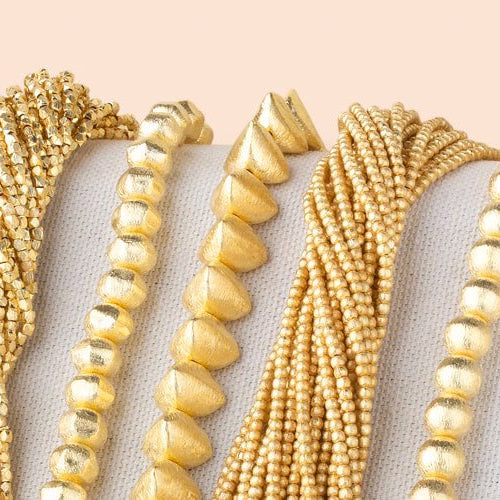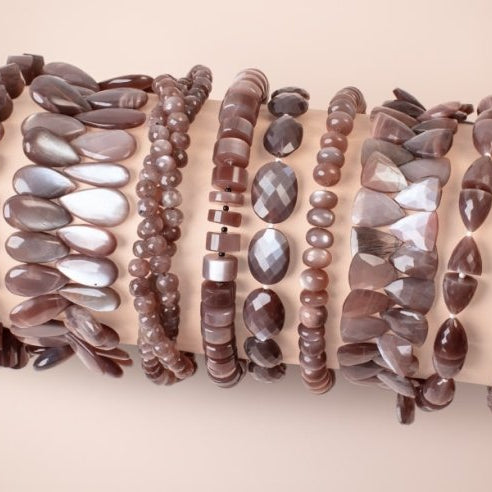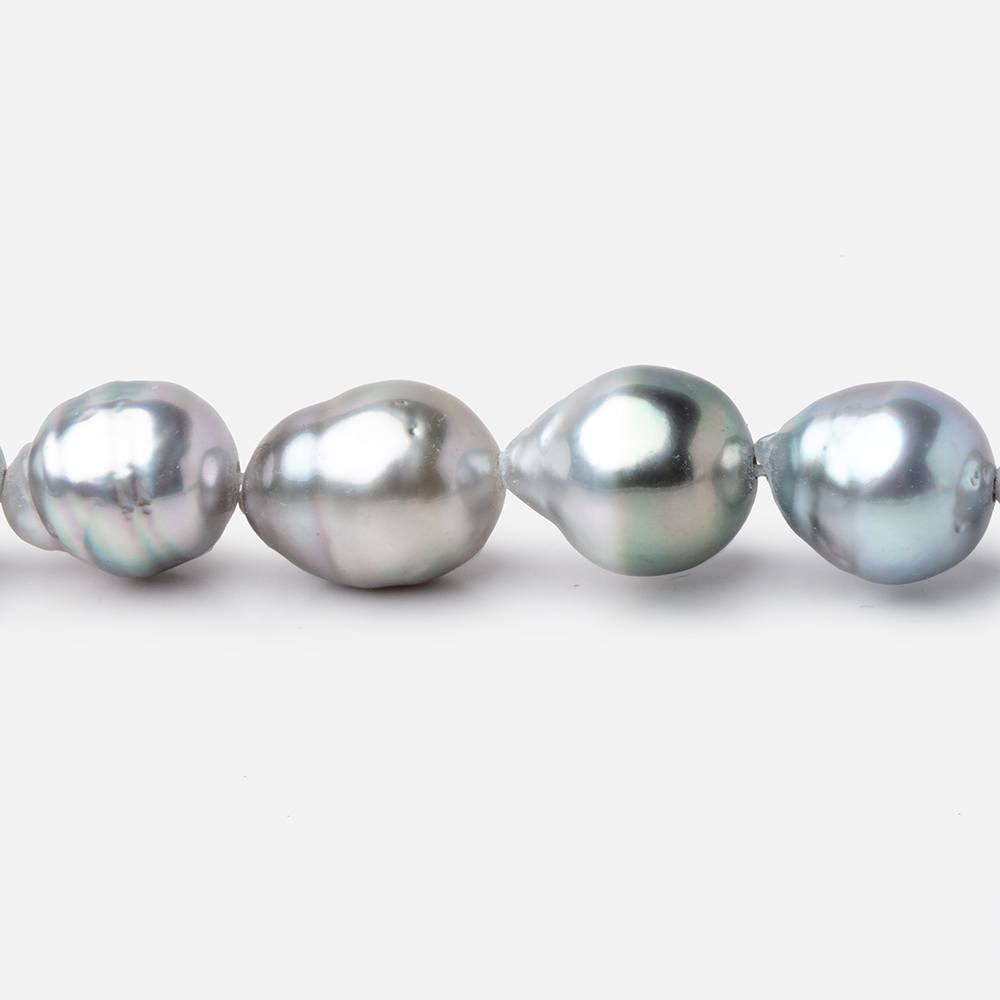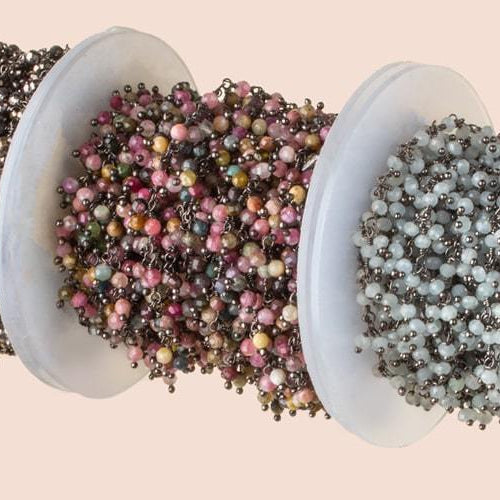When you think about beads, natural gemstones may be the first material that comes to mind. There are, however, many other options out there. Metal beads are a stunning option, and they tend to look incredible when paired with semi-precious stones. They provide contrast and texture and are a unique addition that can make nearly any piece of beaded jewelry pop.
Whether you are working on a project for yourself, to give as a gift, or to sell, keep reading to learn how to make a metal bead bracelet for charms and more.
Start with High-Quality Supplies
When shopping for jewelry making supplies, including metal beads for bracelets, quality matters. Choosing high-quality metal components lowers the risk of skin sensitivities and ensures that the finished product will withstand the test of time. At Beads of Cambay, we offer sterling silver, 22kt gold, 14kt gold, brass, rose gold, black gold, and more, and even our plated charms, beads, and findings are manufactured to the highest quality specifications.
Be mindful when shopping for stringing material, too. Medium-strength, 49-strand stringing materials work well in most cases. If you are working with smaller beads, though, you may need to choose a lighter strand weight. Regardless, look for materials from trusted brands and manufacturers to ensure that your bracelet won’t simply fall apart after you string it.
Mix and Match Bead Materials
Mixing and matching various bead materials is an excellent way to add visual interest and create unique pieces of jewelry. Rather than using only metal beads, try alternating between metal and natural gemstone beads. If you would like to create a fun and colorful bracelet, stick with silver metal beads and add gemstone beads in the colors of your choosing. Colorful gems work well with black gold, too.
Make Sure the Bracelet Is the Right Size
Before you start working on your bracelet, make sure you are making it the right size. If you are making it for yourself or someone you know, taking wrist measurements is extremely helpful. Doing so ensures that your finished product will not be too tight or too loose. In addition to making sure that the bracelet looks its best when worn, making it the appropriate length can prevent it from being damaged.
When designing bracelets to sell or give as gifts, it’s best to stick to average sizes. Most women’s wrists measure between 6.5 and 7 inches while men’s wrists measure between 7.5 and 10 inches. When measuring your stringing material, remember to add an extra inch or two to give yourself room to work. If you are working with bulky beads (ones with a diameter of 10 mm or greater), keep in mind that they will take up extra space when the bracelet is fastened around the wrist. Add some extra length to compensate for this.
Use Appropriate Crimp Beads
When making a metal bracelet, you typically use crimp beads to secure the ends. When selecting the crimp beads for your project, be sure to choose ones that are the correct size and made from a durable material.
If you don’t actually have a crimp tool, now is the time to buy one. Simply smashing the crimp bead down with a pair of pliers results in a finish that is not aesthetically pleasing. Plus, it can damage the stringing material.
Don’t String Your Beads Too Tightly
Take care when stringing your beads to avoid doing so too tightly. When string too tightly, beaded bracelets can lose their flexibility. This puts unnecessary strain on the stringing material and can cause it to break prematurely. When you reach the end of your beading, bend it into a circle to make sure that the bracelet isn’t too stiff.
Be careful when you add the clasp, too. The loop that you create after adding your crimp bead should be large enough to allow the clasp to move around freely. This reduces friction and stress on your stringing material and can help keep the bracelet from breaking.
Be Creative
One of the best things about designing and creating your own jewelry is that your imagination is the only limit. Feel free to experiment with various materials, styles, and designs to create one-of-a-kind pieces that you’ll be thrilled to show off. It may take some practice, but before you know it, you’ll be creating all sorts of amazing pieces.











